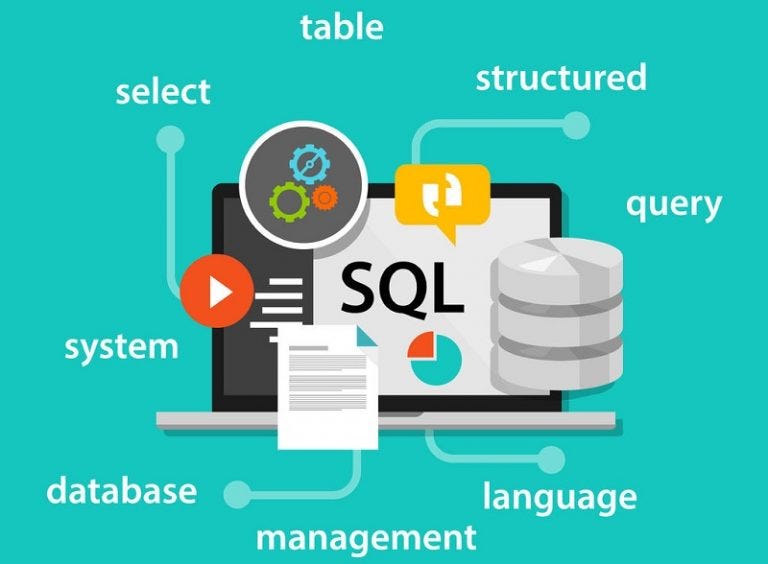What is SQL?
SQL stands for Structured Query Language. It is a domain-specific language used to communicate with databases. SQL allows users to perform a wide range of operations, from data retrieval to modification, insertion, and deletion.
SQL is essential for managing Relational Database Management Systems (RDBMS), like MySQL, PostgreSQL, Oracle, and SQL Server.
Key Features and What SQL Can Do
1. Data Retrieval
SQL is often used to extract data from a database. The SQL
SELECT statement enables users to fetch specific data, making
it one of the most commonly used queries.
SELECT * FROM Customers WHERE City = 'New York';
This query retrieves all customers located in New York.
2. Data Insertion
SQL allows you to add new records to a database using the
INSERT statement.
INSERT INTO Customers (Name, City, Contact)
VALUES ('John Doe', 'New York', '123-4567');
This command inserts a new customer into the database.
3. Data Update
You can modify existing records in the database using the
UPDATE statement.
UPDATE Customers
SET Contact = '987-6543'
WHERE Name = 'John Doe';
The query updates John Doe's contact number in the database.
4. Data Deletion
SQL allows you to remove records using the DELETE statement.
DELETE FROM Customers
WHERE Name = 'John Doe';
This deletes John Doe’s record from the database.
5. Database Management
SQL provides control over databases, enabling users to create and modify
database structures with CREATE, ALTER, and
DROP statements.
CREATE TABLE Orders (
OrderID int,
ProductName varchar(255),
Quantity int
);
This command creates a new table called Orders.
6. Data Sorting and Filtering
SQL allows advanced data sorting and filtering options using clauses like
ORDER BY, GROUP BY, and WHERE. This
helps in organizing the data efficiently.
SELECT ProductName, SUM(Quantity)
FROM Orders
GROUP BY ProductName;
This query groups products and sums the quantities of each product.
7. Join Operations
SQL lets you merge data from multiple tables using joins, including
INNER JOIN, LEFT JOIN, RIGHT JOIN,
and FULL JOIN.
SELECT Orders.OrderID, Customers.Name
FROM Orders
INNER JOIN Customers
ON Orders.CustomerID = Customers.CustomerID;
This statement retrieves orders along with customer names.
Why Learn SQL?
SQL is the core of database interactions in nearly all industries, from tech companies to healthcare and finance. Here are a few reasons why learning SQL is beneficial:
- Industry Demand: Data-driven decisions have made SQL one of the most sought-after skills.
- Versatility: SQL is used across various database systems, from web apps to enterprise applications.
- High Salary: SQL is a valuable skill in the job market, with data professionals often commanding high salaries.
- Data Manipulation: With SQL, you can handle vast amounts of data quickly and efficiently.
How to Get Started with SQL
- Install a Database System: Get started with SQL by installing an RDBMS like MySQL or PostgreSQL.
- Practice Queries: Use platforms like SQL Fiddle or DB-Fiddle to practice SQL queries.
- Join SQL Communities: Engage with SQL communities such as StackOverflow or Reddit to improve your skills.Download SQL notes By joining our Telegram channel







0 Comments